In this article, I am going to focus on flow cell maintenance. Keeping an older autoanalyzer running can save considerable amount of money for a lab, but this does not mean that its operation is free. If a lab takes a little time and money to keep up a few essential parts on an autoanalyzer they can extend the operation as long as possible and ensure that it keeps producing valid results. Barring major repairs like auto samplers, circuit boards and such, mostly what mostly takes the operational hit of use is the flow path: tubing, debubblers and flow cells. Every time an autoanalyzer is run these areas take the direct impact of its operational wear.
Flow cells need maintenance because they are used in autoanalyzers whether Segmented Flow Analysis (SFA) sometimes referred to as Continuous Flow Analysis (CFA) or Flow Injection Analysis (FIA). The purpose of the flow cell is to allow the reagents to flow through a continual cuvette so that the spectrometer can simultaneously shine through the liquid and determine concentration based on the intensity of the color via a photodiode detector.
These same chemicals are very hard on the glass that holds the liquids inside the flow cell. Ammonia analysis tends to turn the glass yellow and the chemicals used for phosphate tends to turn it blue for example. Many if not most chemistries have some chemical effect, even if to pit the glass and make it “sticky” for bubbles or diminish the light transparency of the flowcell.
The advantage to the original Alpkem design that OI Analytical continues to use on their current systems is that it can be refurbished in a way that recreates a brand new flow cell without a costly replacement. Many flow cells in use today are permanent glass flow cells that cannot be refurbished or repaired and in fact have tendencies to break as they age and as they are handled by operators. The Alpkem design allows for the windows to be removed, cleaned and/or replaced if required without a costly replacement of the entire flow cell. The seals can also be replaced since they tend to age over time and lose their elasticity. We also polish the inside of the pathway to help eliminate bubbles sticking as well as to clean out the insides of the flow cell surface. At EZkem a complete refurbishment of a flow cell including all new windows and seals is only $225 instead of $550 to $750 for a new flow cell. Email us for information on reconditioning your flow cell.
Once this process of refurbishment is complete the flow cells are basically brand new and for a small amount of money able to extend the life of a flow detector for many years of operation. It is a simple and inexpensive way to extend the life of your autoanalyzer so that it continues to put out valid, easy results for many years beyond the manufacturer’s stated life span of the instrument.



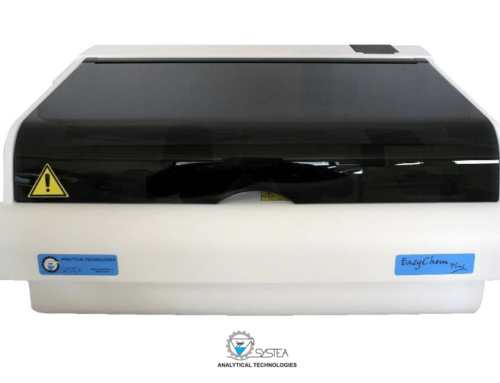
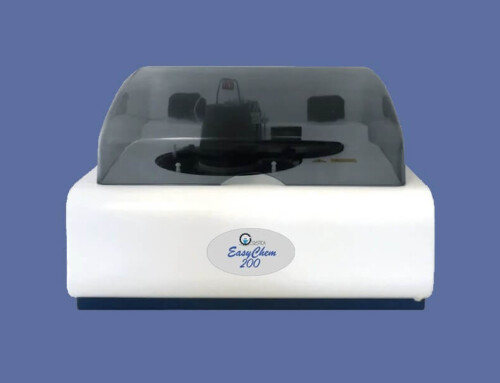
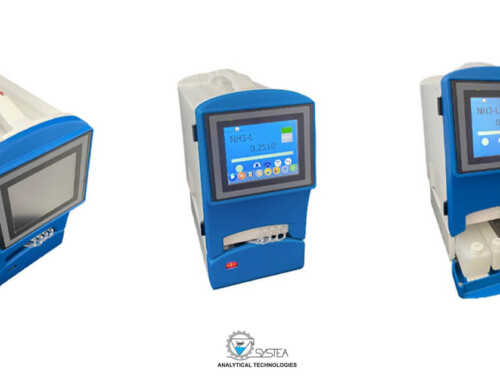
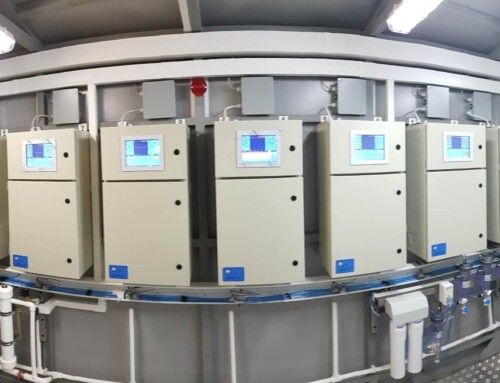
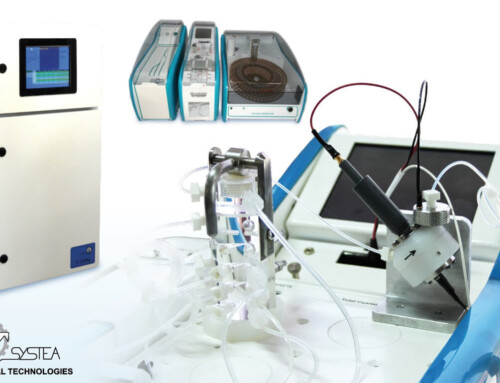
Leave A Comment